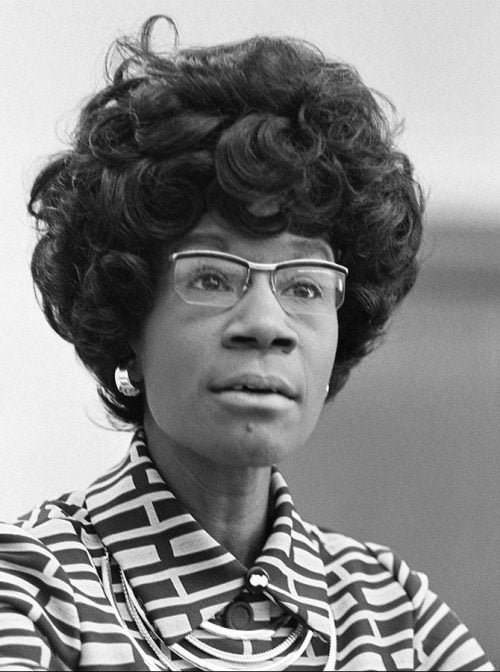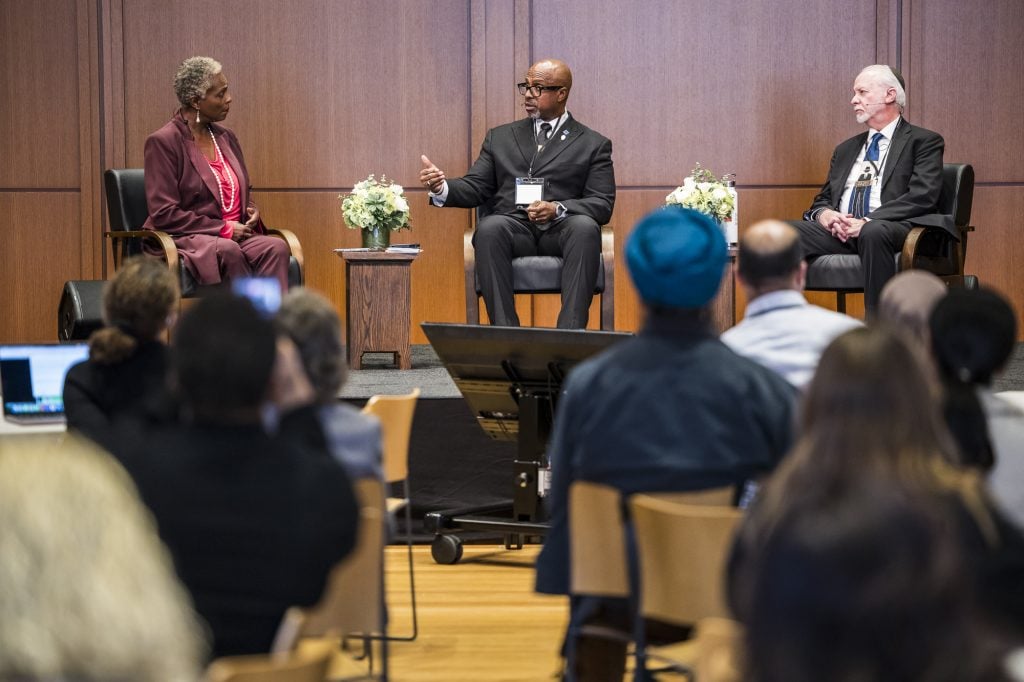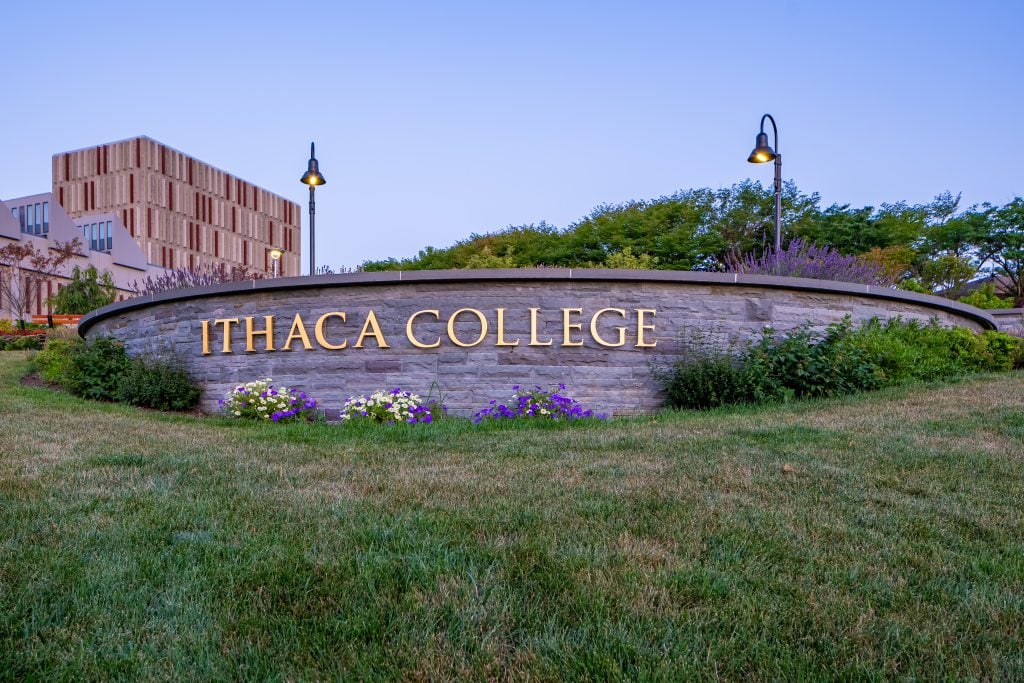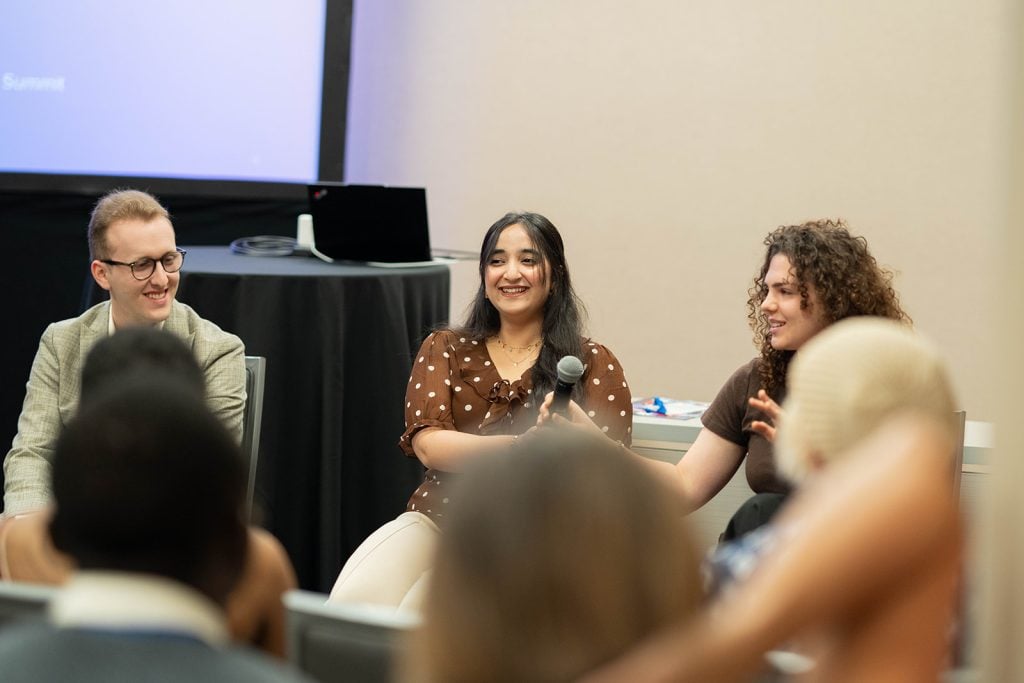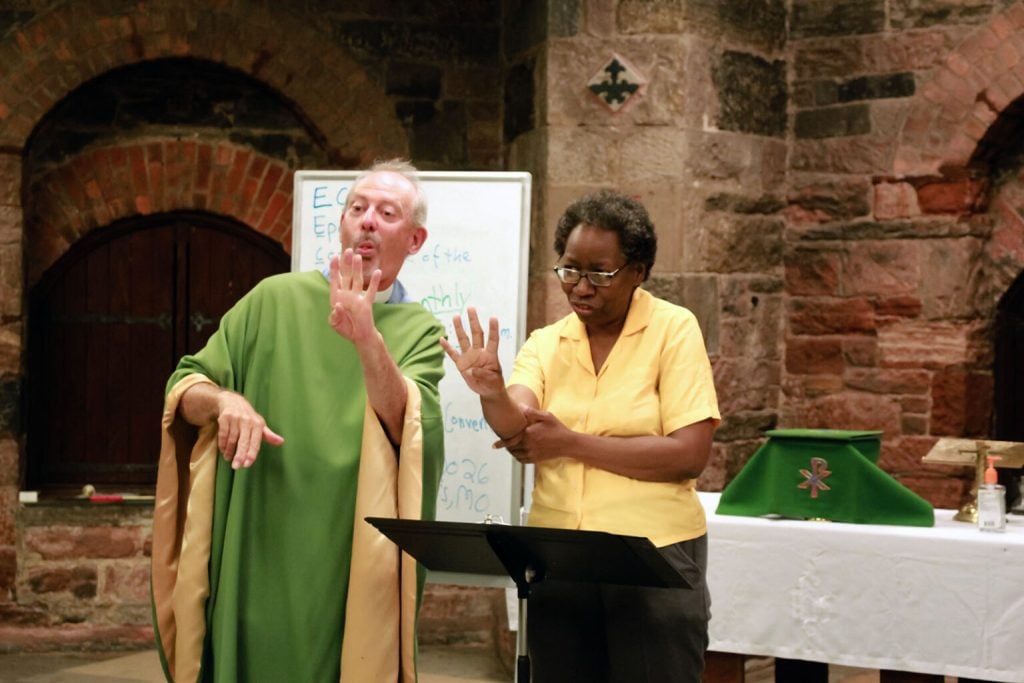(RNS) — There’s an American parable — a true story, in fact — that might offer us a bridge out of our current divided, violent politics.
Picture this: A year in the United States unfolds like no other, with widely shared images of apocalyptic-like war with children suffering unfathomable violence, never-ending student protests, a generation traumatized by the murder of unarmed Black men, a decade of both progress and setbacks on civil rights and a fiercely divided country experiencing one of the most polarized elections of its time. A presidential candidate rooted in his white, Christian convictions is suddenly felled by a would-be assassin’s bullet.
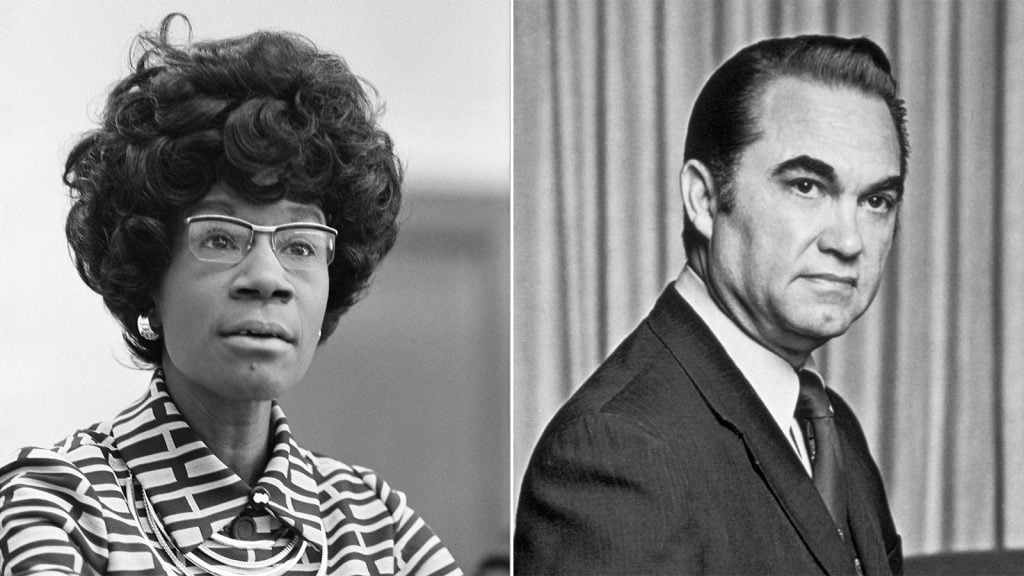
The year was 1972, when segregationist Alabama Gov. George Wallace was running to defeat Richard Nixon and become the next president of the United States. At a campaign stop in Maryland, Wallace was shot on a May afternoon and barely survived, with a bullet forever lodged in his spine, ending his ability to walk.
For more than a decade, Wallace was Enemy No. 1 of millions of Americans who pursued civil rights. At his 1963 gubernatorial inauguration, after winning the Statehouse in a landslide, he declared, in words written by KKK member and Wallace staffer Asa Earl Carter, “Segregation now, segregation tomorrow, segregation forever.” The new governor then set forth on stopping any civil rights gains statewide.
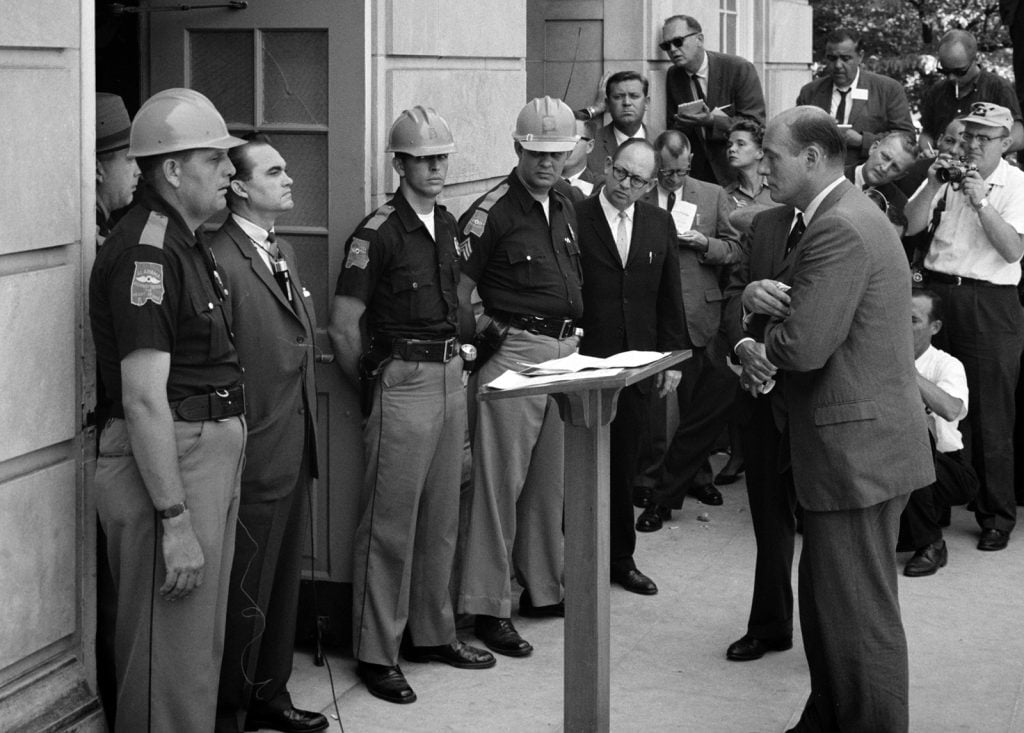
In his first year in office, Wallace physically blocked African American students’ admission to university and public schools and backed Birmingham public safety commissioner Bull Connor’s attacks with water cannons and dogs on children in the city’s streets. When four African American girls were murdered in the 16th Street Baptist Church bombing, many held Wallace directly responsible. The Rev. Martin Luther King Jr. would call him “the most dangerous racist in America.”
The 1960s are remembered for horrific political violence, in the assassinations of President John F. Kennedy, his brother Robert and civil rights leaders such as King, Medgar Evers and Malcolm X.
After a decade of division and political violence, the shooting of Wallace in 1972 felt like yet another expected and intractable moment in the never-ending political and cultural polarization of the country, with a script that seemed to be uncontrollably writing itself.
That’s when the unthinkable happened. Someone stepped into the gap to trouble the narrative: A political rival went as an act of faith to visit the paralyzed Wallace.
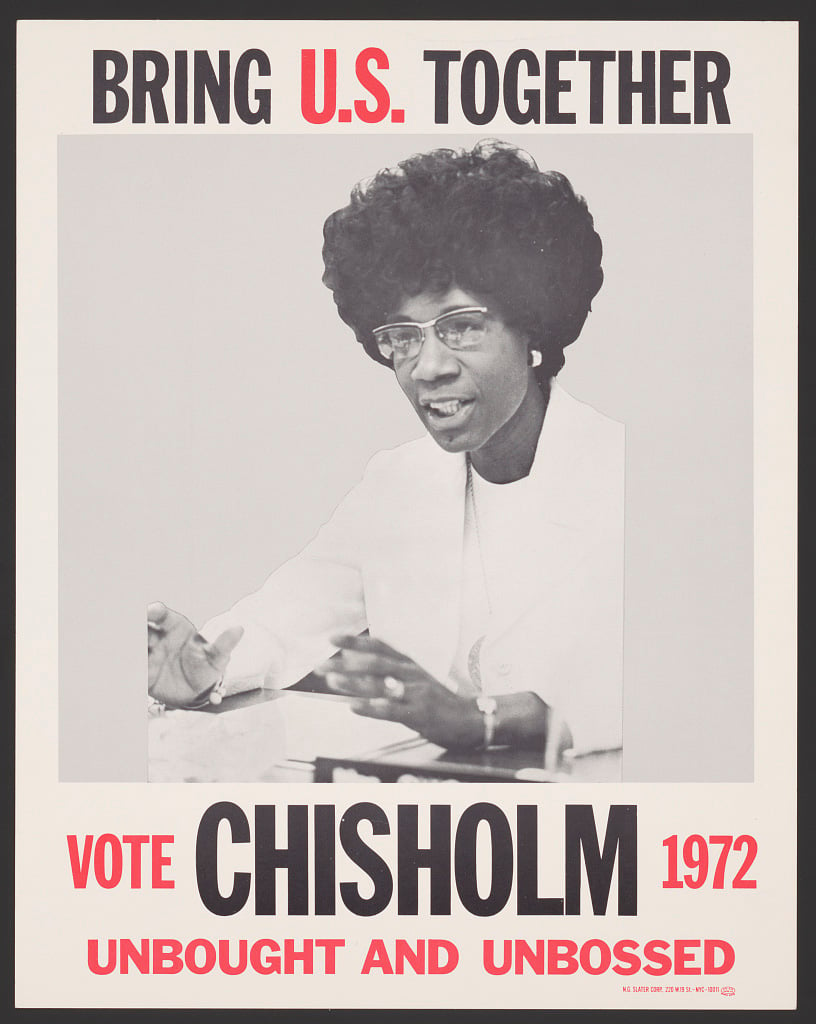
The daughter of Caribbean immigrants, Shirley Chisholm, an American hero, was the first Black woman elected to Congress and was herself running for the Democratic nomination, with the slogan “Unbought and Unbossed.” A self-declared “black-and-proud” woman, Chisholm ran a long-shot campaign that was not just an attempt to disrupt politics as usual, but a morally grounded effort by a woman of faith looking to find new ways to bring the country together amid crippling poverty, racism and a war in Vietnam increasingly seen as illegal.
She couldn’t be more unlike George Wallace.
Chisholm’s visit with Wallace is captured in this year’s Netflix movie “Shirley.”
Wallace asks, “Where do these people come from, Shirley?”
Portrayed by Regina King, Chisholm replies: “I suppose it’s the hate that hate creates.”
Wallace winces, not ready to hear the truth.
Chisholm continues, sharing how she once survived a similar attack and believed that God had spared her so she could go on to serve others with a higher calling. With profound empathy she shares that she believes the same for Wallace, concluding, “You have an opportunity … to be more than what you were.”
As the scene ends, she holds his hand and prays for his health and recovery.
Years later, Wallace’s daughter Peggy remembered that moment as a “real awakening,” the moment where her dad began to change. Over time, he would publicly ask for forgiveness and in his final term as governor appointed historic numbers of African Americans to state governing boards; he also did his part to help double the number of African Americans registered to vote.
Of course, we’re living in 2024, not 1972. Ours is one of the most divisive and polarized eras in America’s history, causing deep concern for the fate of our democracy.
The attempted assassination of former President Trump in Pennsylvania this past weekend must be unequivocally denounced. Also, too, we must denounce the violent political rhetoric that got us here. It’s long past time for de-escalation of violence in our body politic.
Yet that doesn’t mean we can’t pursue with truth and clarity this election season the kind of country we want to be.
(Adam Nicholas Phillips, a former Biden-Harris administration official, is chief strategy officer at Interfaith America. The views expressed in this commentary do not necessarily reflect those of Religion News Service.)
